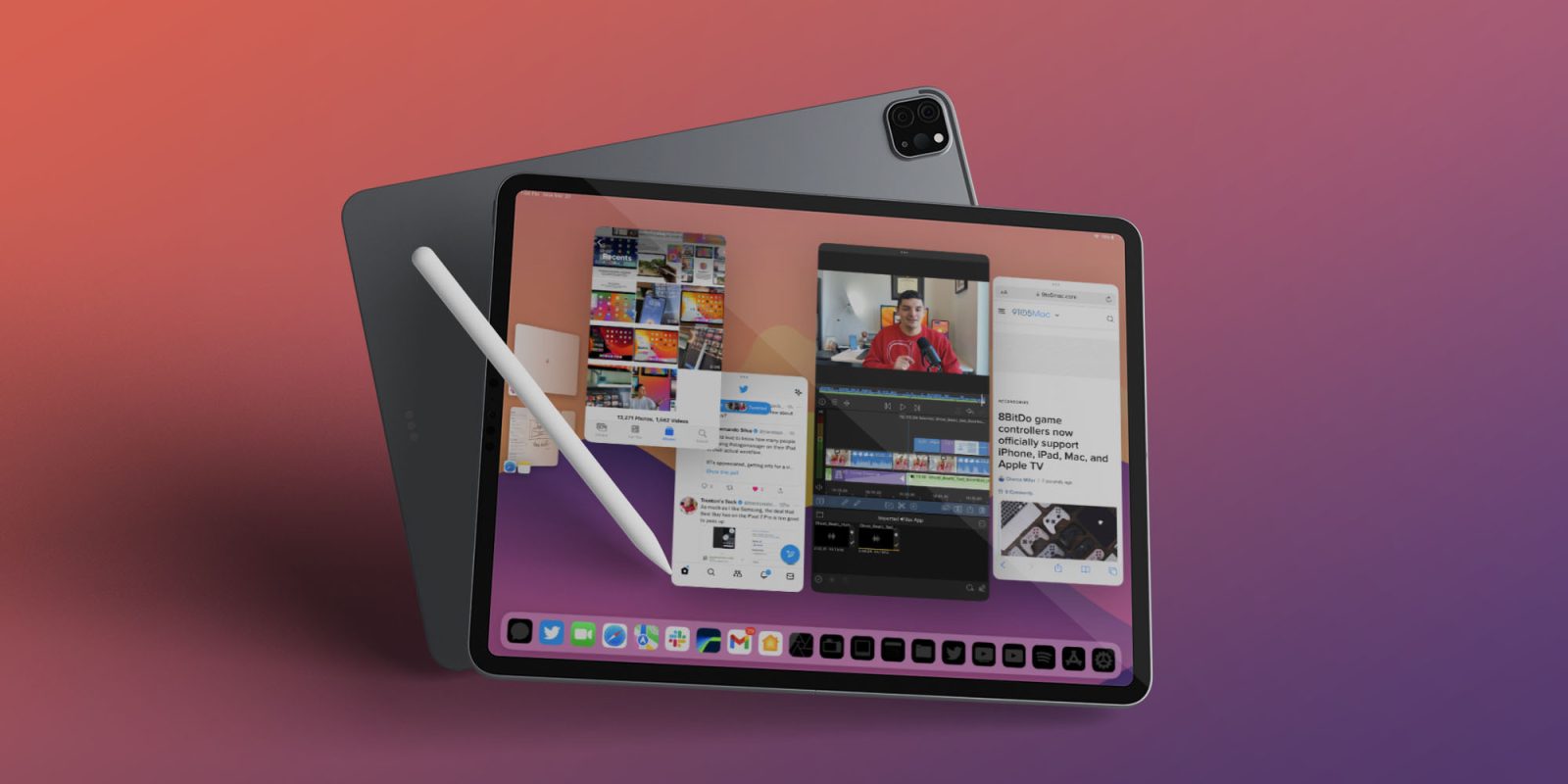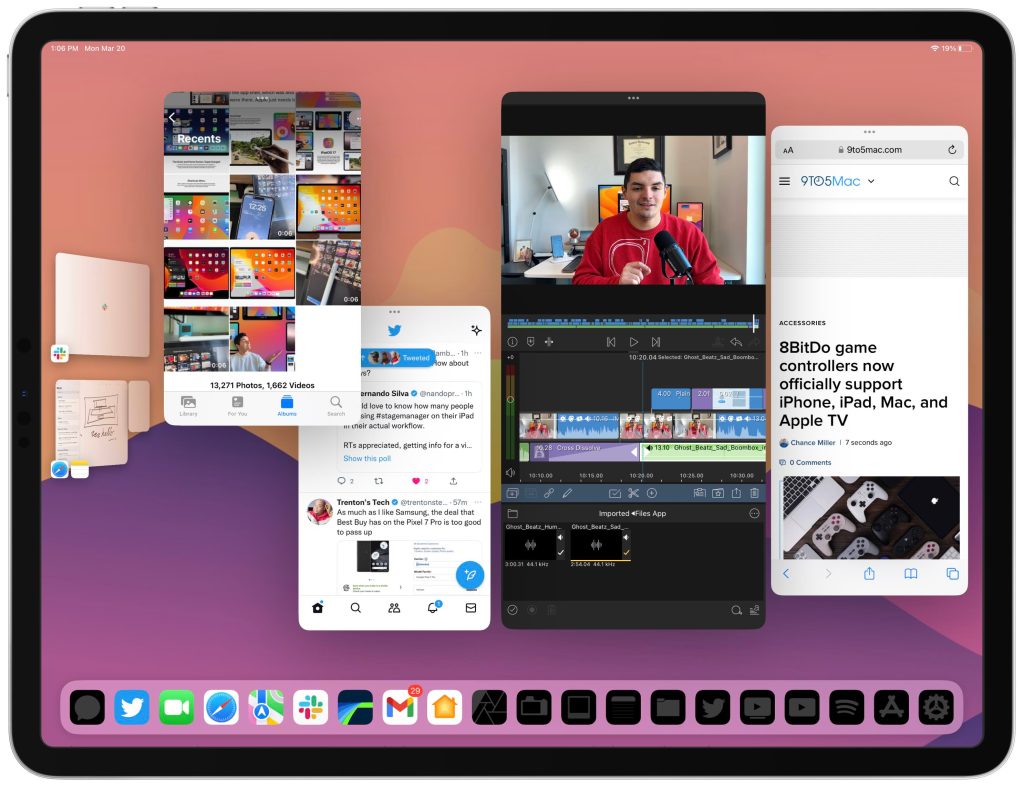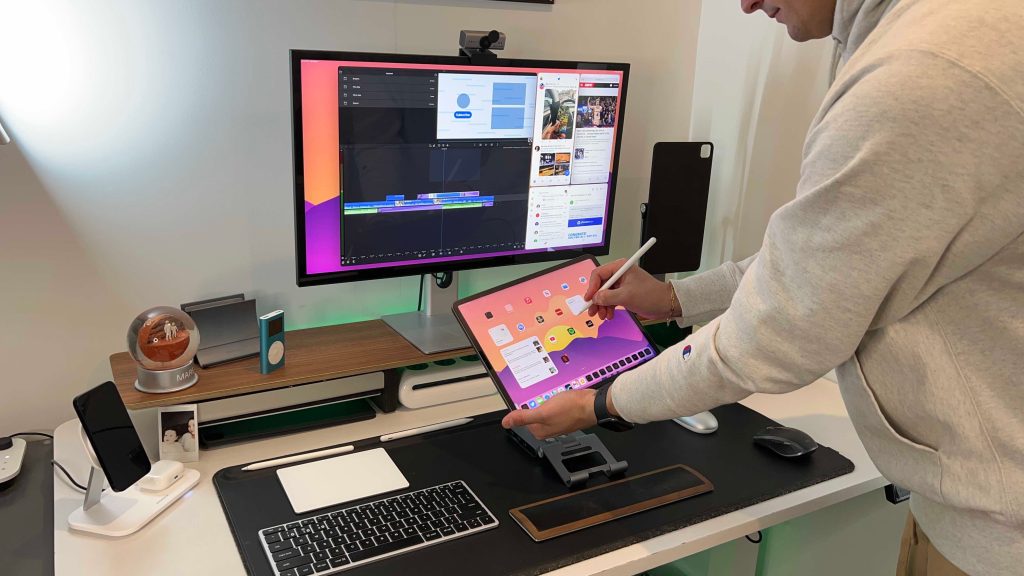
With the release of Stage Manager, iPad power users finally felt like we got a feature that was made to turn the iPad into a computer replacement instead of a computer supplement. But with the feature being delayed until iPadOS 16.2, the staggered iPad support, and the confusing implementation of it, I began to wonder: How many people actually use Stage Manager?
Current state of Stage Manager
Stage Manager was originally announced at WWDC 2022 for the M-powered iPads. Apple showed it off as a new way of multitasking with your iPad. Every person I know who uses their iPad as their computer finally took a big sigh of relief. It was the first time Apple gave us iPad users something we wanted: the ability to use floating windows on iPad!

But when iPadOS 16 was being released during the beta program, there were a lot of issues with the feature. The iPad kept restarting, windows didn’t know what orientation they wanted to be in, and some apps wouldn’t even open. So Apple ended up postponing the release until iPadOS 16.2. Once Apple fixed the bugs and issues, Stage Manager and extended monitor support became extremely useful! I currently use it in my everyday workflow.
How I use Stage Manager
I actually use Stage Manager a bit differently. Since I have the M1 iPad Pro, I also have the ability to use a secondary display. So I primarily use Stage Manager on that secondary display and leave Stage Manager on my iPad turned off. Even with the 12.9-inch iPad Pro, I still find using Stage Manager a bit cramped on that size of the display. I prefer to stick to split view on the iPad and the Stage Manager on the external display.

So for me, the iPad is still used as an iPad, but then I use it as a computer on the external display!
Issues with Stage Manager
Top comment by Beast Gohan
It's permanently enabled on my iPad Pro 2020. It works well, it's handy, and it helps on the productivity side. Although I like it, I could still live without it honestly. It's not some game changer feature. Honestly I'd like it if I can have floating windows while still having access to my desktop.
Although I consider the Stage Manager feature to be extremely stable with the 16.2 and newer updates, I still see why there is a lack of adoption. The main issue is the learning curve of Stage Manager. Unless you are like me and are willing to spend time learning to use these new features, most people would rather just go to macOS because it’s familiar. Most people know how to use floating windows on a Mac, but not many know how to use them on an iPad. Even though Apple is trying to give us better multitasking, they are failing on awareness and education on this feature. Not only is the learning curve the first hurdle to get past, but not all iPads support this feature.
Stage Manager issues
- Only works with:
- M1 & M2 iPad Pros
- M1 iPad Air
- 2018 & 2020 iPad Pro (but no external display support)
- Only four apps at once
- Apps are not fully free-flowing
- Still sticks to an iPad grid layout
- Minimizing and closing apps is a bit confusing
- Only one audio source at once can play
Final thoughts
At the end of the day, Stage Manager proves to both Apple and its users that we want the iPad to be a computer. It’s got powerful enough hardware and an amazing design – it just needs the software to match. I have been able to come up with a great workflow that utilizes the new Stage Manager feature, but that is just one niche case.
What do you think? Does your iPad support Stage Manager? Is Stage Manager a feature you use at all? If you do use it, how do you use it? Let’s discuss this in the comments!
For better or for worse, my iPad is my computer, and Stage Manager is a feature taking us in the right direction.
FTC: We use income earning auto affiliate links. More.




Comments